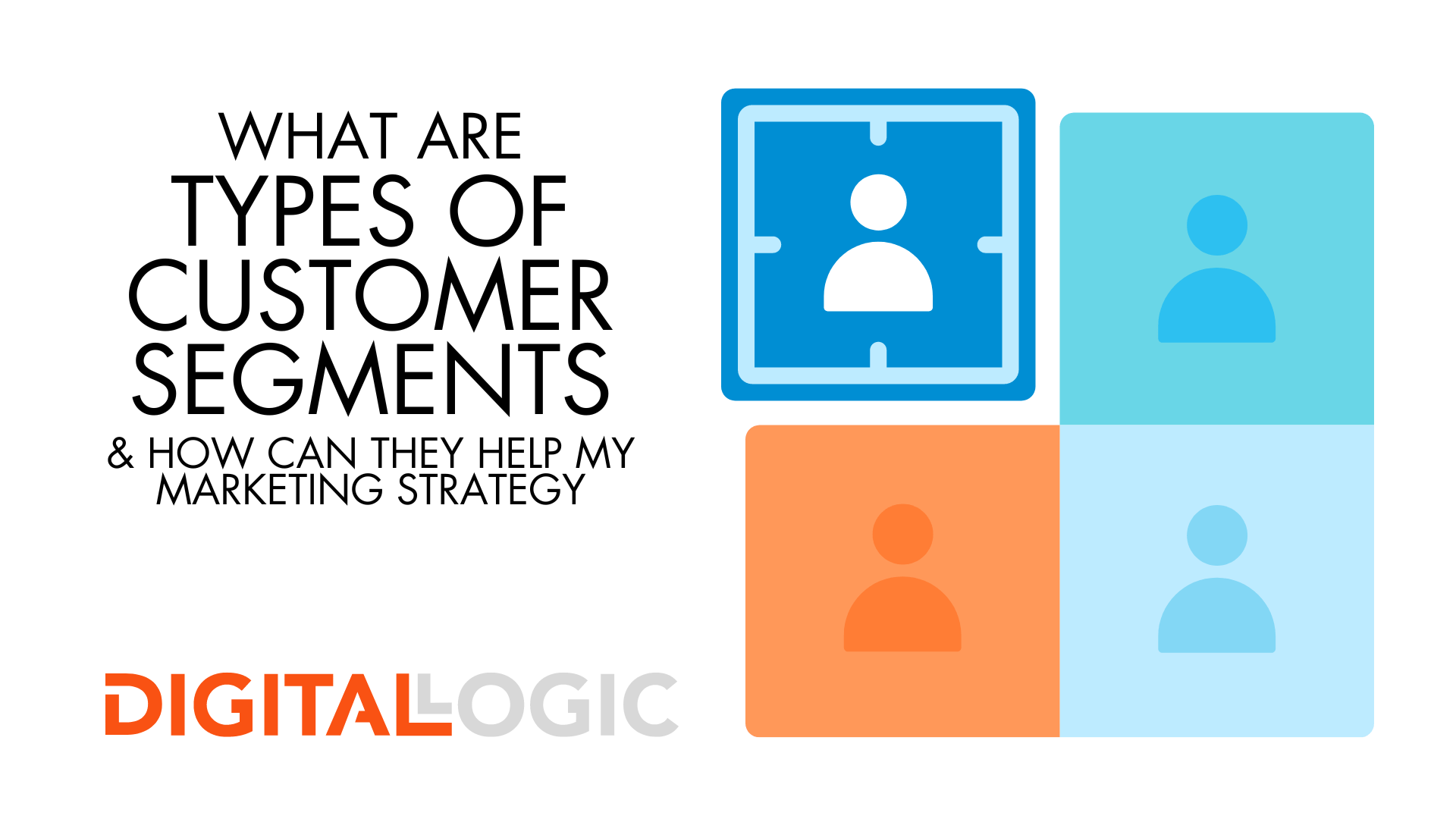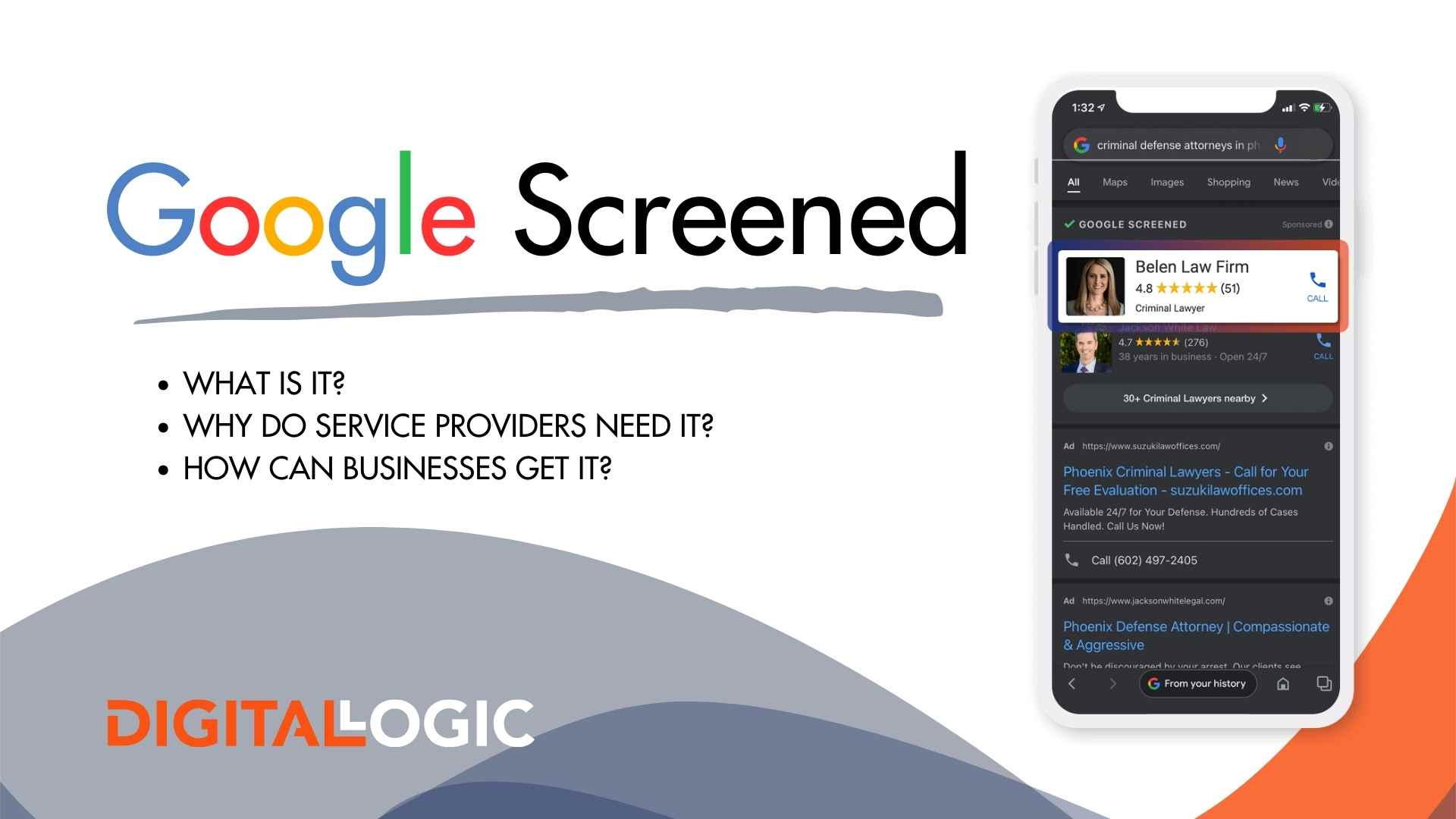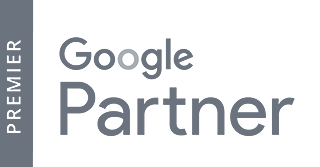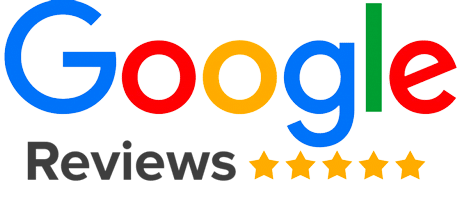Each and every customer is unique in some way. Even the smallest details can separate one customer from another. Your brand has the ability to reach a variety of customer personas to help grow your business. However, sometimes developing marketing campaigns that target a wide array of customer types can be difficult. So, how can you reach more than one target market without trying everything in the book all at once? One way to do this is through a method called customer segmentation.
A customer segmentation strategy involves dividing your customer base into smaller groups based on certain traits. After you segment customers, you can tailor your marketing efforts to target each group with unique strategies. This way, you can market to each customer segment in a very personalized way, which can steer those customers toward a purchase.
A successful customer segmentation strategy requires an in-depth understanding of your customer base. Then, you can choose the customer segmentation models that work best for your business.
In the following sections, we explore the different types of customer segments and how you can use them effectively in your marketing strategy.
What Is Segmentation in Marketing?
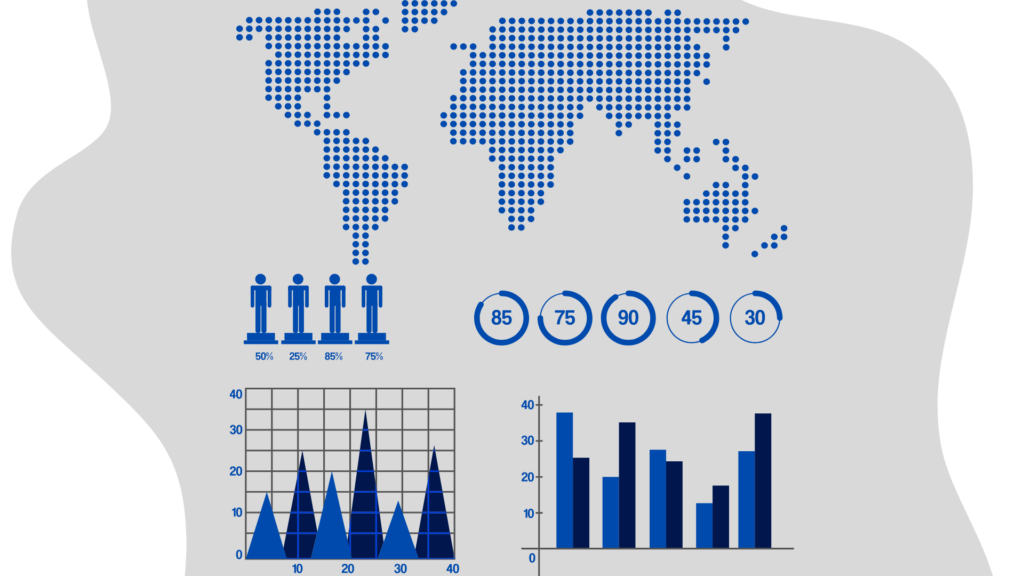
- Reaction: How does each segment respond to products and marketing strategies?
- Homogeneity: How common are customer needs within a certain segment?
- Distinction: How unique is each customer group from other customer groups?
Market segmentation is a form of market research that aims to increase efficiency within a company’s marketing campaign. It allows brands to tailor their products and branding to appeal to their target market more effectively.
The ultimate goal of market segmentation is to use the resources that a company has to better understand customers’ spending habits and to get the best ROI (return on investment) possible.
Meaning of Customer Segment
A customer segment is a group of customers that has similar characteristics and buying habits.
The purpose of creating customer groups is to more efficiently target customers, increase ROI, and guide them through the customer journey toward making a purchase. Depending on your overall customer base, the type of your business, and what you offer, there are nearly endless possibilities for customer segmentation.
What Are the Customer Segments?
As we mentioned previously, there are many different types of customer segmentation. Customer segmentation happens by grouping customers based on their shared or unique characteristics.
For example, you could segment customers based on location, marital status, behavior patterns, interests, values, or household income.
The ways in which you decide to segment customers should be unique to your brand, as brand-specific customer segmentation models can drastically increase customer loyalty.
Customer Segmentation Models
Demographic Segmentation

Demographic segmentation involves characteristics specific to a certain population.
You could use a demographic segmentation model to group customers based on age, gender, income, marital status, or level of education.
Demographic segmentation tends to benefit brands that sell multiple types of products.
Geographic Segmentation

Geographic segmentation involves grouping potential customers based on geographic location, as the name suggests. Examples of this segmentation include town, city, state, or even country.
Many different business types can benefit from geographic segmentation, including buyers and sellers of homes, real estate businesses, and products created for people in specific regions. Many companies create products with a target audience located in a particular climate, especially if that area has a large population density, and tie that geographic region to their brand identity.
For example, a clothing company that sells coats, jackets, and outerwear will likely target colder climates instead of warmer climates.
Additionally, you can use this customer segmentation model to target your marketing strategy toward those with specific language preferences.
Behavioral Segmentation
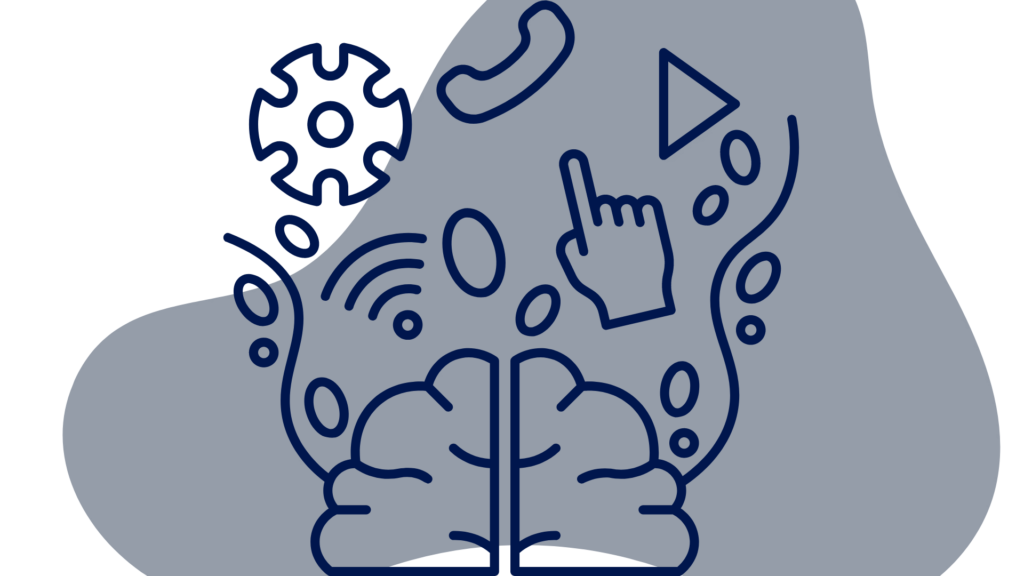
Behavioral segmentation involves grouping customers based on their spending habits and other behaviors.
For example, maybe your target audience uses Instagram more than any other social media app. Using the behavioral segmentation model, it makes sense to allocate more of your budget toward advertising on Instagram rather than other platforms.
Other behavioral segmentation examples include the stage of the customer journey, their knowledge of your brand or products, usage habits of products, and even customer engagement on social media.
Psychographic Segmentation

Psychographic segmentation involves taking an even more in-depth look at your target customers.
Some examples of psychographic segmentation include segmenting customers based on their personality traits, values, and personal interests.
Let’s say that your company sells fitness gear, clothing, and other accessories. Your target segment using the psychographic segmentation model will include very active individuals who work out on a regular basis.
Other lifestyle brands can benefit from psychographic segmentation by appealing to people who share their brand’s interests and beliefs.
Firmographic Segmentation

Firmographic segmentation allows you to segment customers based on generational differences.
Different generations are in different stages of their lives, and therefore they have different priorities. Older adults won’t place the same economic value on certain products or services that younger adults will, and vice-versa.
For example, behavioral data suggest that older generations aren’t as likely to respond to sales efforts that promote active, adventurous lifestyles, while younger adults will.
Firmographic segmentation can benefit brands that sell products or services that cater to a specific age group.
Technographic Segmentation
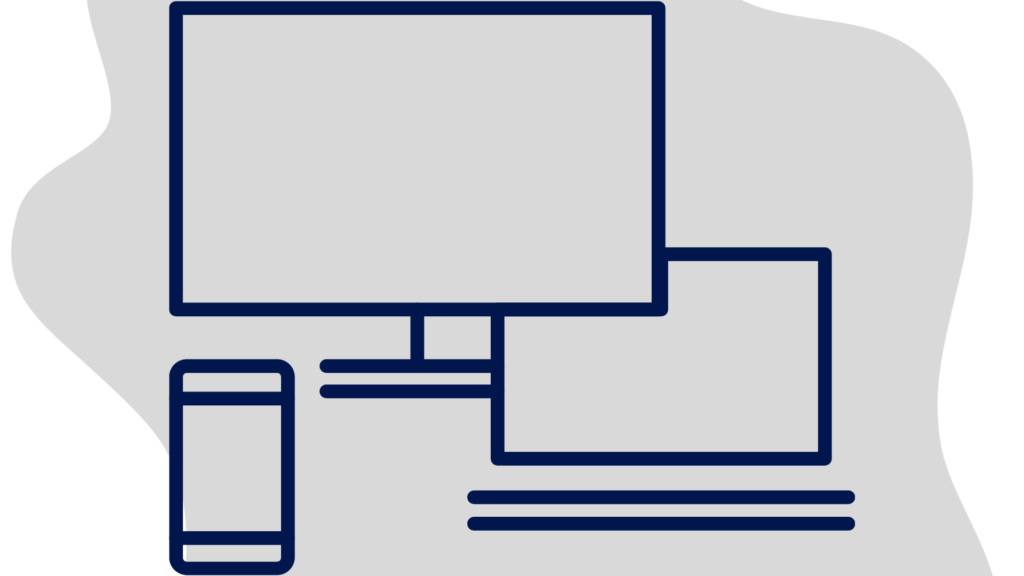
Technographic segmentation involves creating different segments based on the types of technologies that different customers use. Technographic segmentation lets businesses break down customer segments by mobile use, desktop use, software, or app use.
For example, maybe you have an online store that appeals to makeup artists and enthusiasts. Many of these customers use certain apps, like Instagram and TikTok. Therefore, it’s a good idea to advertise your products on those platforms.
Value-Based Segmentation

Value-based segmentation involves centering your marketing efforts and marketing messages around the groups that provide the most value for your business.
Figuring out your target segment will involve analyzing which segment gives you the best marketing ROI. In other words, these are the customers that have higher levels of brand loyalty and who are more likely to purchase from you based on the current or lifetime value that your brand provides them.
Needs-Based Segmentation
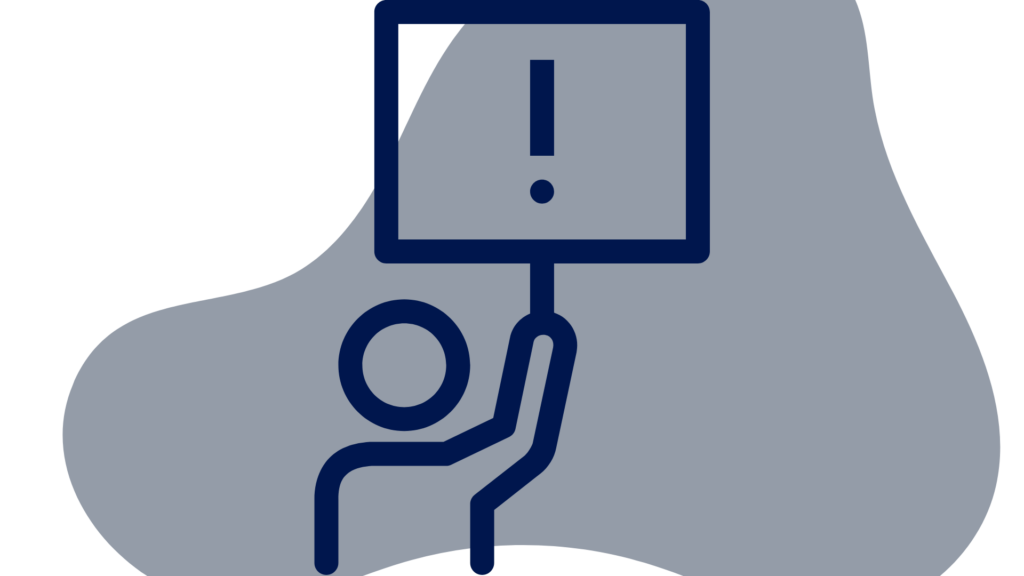
Needs-based segmentation involves identifying which customers need the product or service that you’re selling and then basing your marketing messages around that.
For example, let’s say you own a business that sells comfortable, functional maternity clothing. Using this customer segmentation model, you can advertise to adult women who are pregnant and looking for that exact product because you know that your product will provide them with an excellent customer experience.
What Customer Segmentation Strategy Is Right for My Business?
Work With a Data-Driving Digital Marketing Agency
Customer segmentation helps your brand boost conversions by providing more relevant content to your target audience. If you’re ready to start working on your company’s customer segmentation strategy, the internet marketing experts at Digital Logic can help. We offer professional PPC management services, professional search engine optimization services, website development services, and even offer a free SEO website audit service. Call 318-678-5020 to get started.
